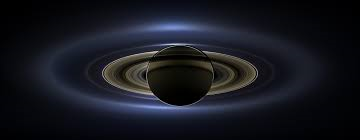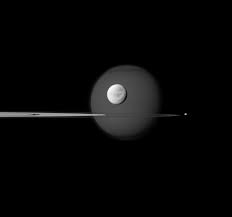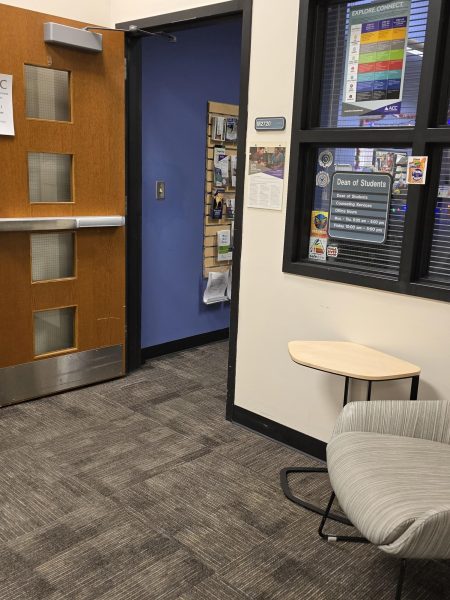Long Live Cassini
NASA’s spacecraft Cassini was sent off to Saturn in 1997. After a long voyage, it finally reached its destination on September 15th 2017, and is now revealing data that includes information on the Earth-like moon, Titan.
Although Cassini will no longer orbit Saturn, NASA has uncovered more about Saturn because of the spacecraft. Social media blossoms with farewell posts to Cassini, thanking the spacecraft for all its done for NASA and the world. Cassini’s 20 year-long mission, studied Saturn for thirteen of those years, and the moons that orbit Saturn.

Cassini was monitoring Saturn’s weather patterns as well as Saturn’s many moons, which turned out to be fascinating and puzzling to many scientists at NASA. Saturn has 62 moons that orbit the planet, not including its magnificent rings.

Titan is the largest moon that orbits Saturn. It’s about as large as Mercury, and Cassini revealed its similarities to Earth, which included: water, clouds, and mountains. NASA is optimistic that it will learn more about Titan, in the hope of finding a habitable environment.

The spacecraft flew through the solar system and took photos along its long journey to Saturn. It passed Venus, the Asteroid Belt, and many moons along the way to Saturn. As well as uncovering new moons in Saturn’s orbit, Cassini discovered faint new rings around Saturn that were never before seen.
Although, Cassini has been put to rest, it’s mission lives on. NASA’s discoveries through Cassini will be its greatest finds on Saturn, until Earth sends off their next ambassador spacecraft to explore the distant planet. Until then, many scientists mourn and rejoice from their magnificent spacecraft’s’ findings, therefore, farewell Cassini, and thank you.
More of Cassini’s findings, Cassini’s Twitter, and some pictures.













Tom DeMoulin • Oct 3, 2017 at 2:28 pm
The second sentence in the story sounds like Cassini arrived to Saturn in 2017. I believe Cassini actually arrived at Saturn back in 2004. Here’s a good link from NASA: https://saturn.jpl.nasa.gov/the-journey/timeline/#saturn-orbit-insertion